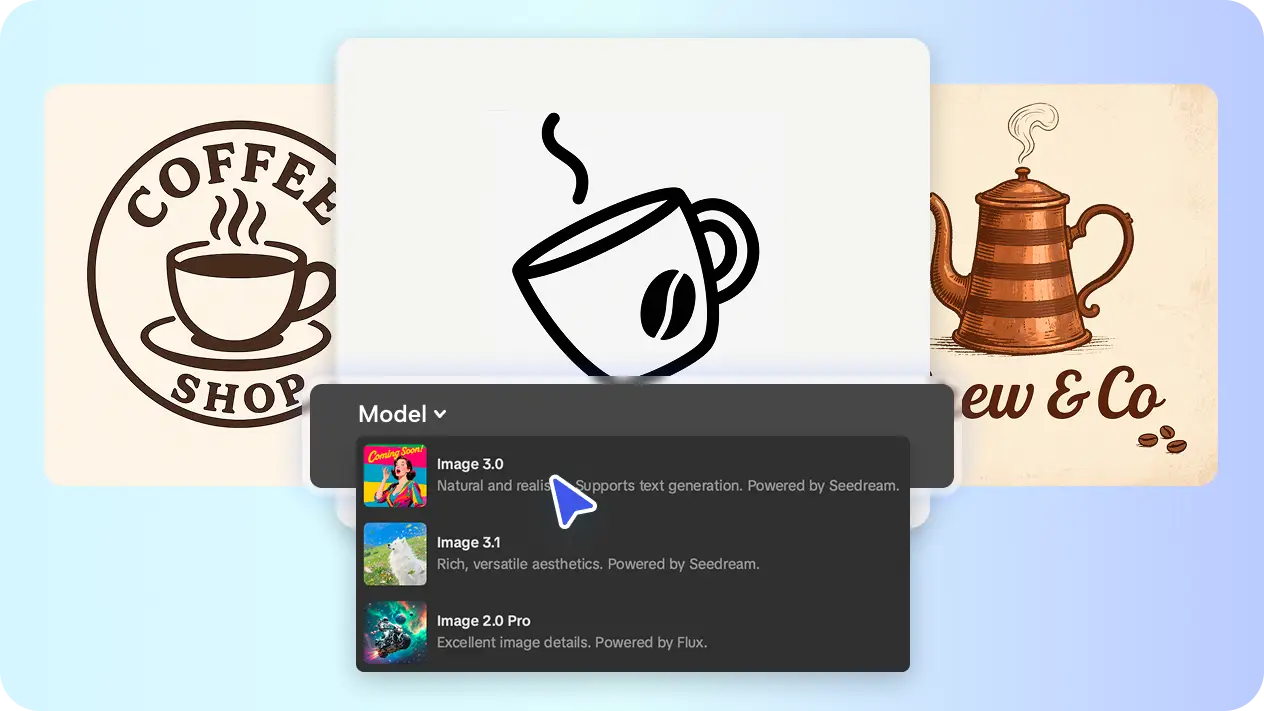MEDIA WATCH: Colombia peace deal could mark rare US diplomacy victory

By Nick Miroff Washington Post
HAVANA — In an era of frustrating, if not failed, U.S. policy interventions abroad, the Colombian peace deal announced last week offers the possibility of a rare victory for American diplomacy.
It would be a validation of Plan Colombia, the U.S. counter narcotics and security-aid package that has sent roughly $10 billion to Bogota since 2000, tipping the government’s fight against the Marxist FARC insurgents.

The accord finalized Wednesday would convert the rebels from one of the world’s most powerful drug-trafficking groups to a legal political party with a sworn commitment to ending both the 52-year war and its narcotics trade.
More broadly, the deal would be a bookend to the long, bloody history of armed insurgency in Latin America, affirming democracy as the only viable political system in the region.
Cuba’s role
The agreement was forged in Cuba, of all places, the site of Fidel Castro’s leftist revolution, which was imitated by so many others.
“This is a transformational moment for our hemisphere,” Bernard Aronson, the U.S. envoy to the peace talks, said in an interview. “It is a final repudiation of political violence as a means of changing governments.” Or at least that is the way it’s supposed to go.
The fate of the deal rests with Colombian voters, who will go to the polls Oct. 2 to approve or reject it. The accords are unquestionably more popular abroad — backed by Pope Francis, President Obama and seemingly every leader in Latin America — than they are in Colombia, where opinion surveys are mixed.
Colombian President Juan Manuel Santos’s single-minded, six-year pursuit of a deal with the FARC — or Revolutionary Armed Forces of Colombia — has left him politically exhausted and weak in the polls.
His archrival, popular former president Álvaro Uribe, is leading a “no” campaign under the banner “Paz sí, pero no así,” (Peace yes, but not like this).
Santos has told Colombians that the deal is a take-it-or-leave-it proposition.
Its failure would be such a thorough repudiation of Santos that few can imagine how he might recover before his term expires in 2018.
His final push will be big, and his peace deal seems to have the weight of history behind it, coming in the afterglow of Obama’s historic Cuba trip in March to “bury” the Cold War once and for all in the hemisphere.
Radical Leftism
On Wednesday, a JetBlue flight from Fort Lauderdale, Fla., is scheduled to land in Santa Clara, the Cuban city where the remains of revolutionary icon Ernesto “Che” Guevara rest in a mausoleum.
It will be the first commercial route between the United States and the communist island in more than 50 years.
Radical leftism is fading across Latin America. In Colombia’s neighbor Venezuela, the petroleum-backed “Bolivarian” revolution led by late president Hugo Chávez has broken down since his 2013 death and the crash of global oil prices.
Today, U.S. diplomats worry more about Venezuela’s descent into chaos than the regional spread of its socialist, “anti-imperialist” message. A pro-American technocrat, Mauricio Macri, recently won the presidency in Argentina, replacing a leftist leader. Peru’s presidential election in June was won by a former World Bank economist.
Now comes the test of whether Colombians are ready to accept former guerrilla “terrorists” as a political movement with representatives in Congress.
Plan Colombia
A rejection of the peace accord by voters also would be a failure for the Obama administration, which has given Santos vociferous support and ample aid. The cornerstone of the relationship, Plan Colombia, is widely credited with helping the government turn the tide against the FARC.
When Plan Colombia was launched in the late 1990s, the country had one of the world’s highest homicide rates and the FARC’s guerrilla armies had grown to nearly 20,000 troops, controlling as much as a third of Colombian territory. With U.S. military hardware, training and other assistance, the Colombian government reduced the rebels’ ranks by more than half, driving them into the country’s most remote corners, particularly during Uribe’s 2002-2010 presidency.
The U.S. government has encouraged the peace negotiations, and Washington backed off efforts to extradite FARC commanders facing criminal charges in the United States in the interest of helping the talks succeed.
Under the terms of the accords, FARC commanders whose long rap sheets include murder, kidnapping, drug trafficking and other charges can avoid prison if they confess to their crimes through a truth-and-reconciliation process and make amends to victims. The Colombian government has agreed not to extradite them.
But that would not absolve them of pending indictments in U.S. federal courts for drug trafficking, kidnapping and other crimes. In effect, this means that FARC commanders with Interpol warrants may not be able to leave Colombia without fear of arrest, even after fulfilling the terms of the peace accords, said a senior U.S. official who spoke on the condition of anonymity because the issue remains sensitive.
The official also categorically ruled out the possibility of a pardon for high-ranking FARC leader Ricardo Palmera, known as Simón Trinidad, who is serving a 60-year term at a maximum-security federal prison in Colorado for his role in the kidnapping of three U.S. government contractors in 2003. “It’s not going to happen,” the official said, while conceding that Palmera could be eligible for improved conditions as a result of his “model behavior” as a prisoner.
Coca production
The Obama administration also has muted its concern about booming coca production in areas under rebel control.
Colombia’s coca crop has doubled in size over the past two years, and the country now harvests more than Peru and Bolivia — the second- and third-largest producers — combined.
The surge amounts to a major setback to U.S. counter narcotics policy, but American diplomats insist it is a blip. Colombia’s illegal coca crop will shrink again if the peace deal sticks, they say.
The U.S. ambassador to Colombia, Kevin Whitaker, said there are multiple “complex” reasons narcotics production has gone up, but the FARC remains the biggest factor.
“The FARC says they’re going to fix this and they’re going to get out of the business. Even if that happens as some percentage of the whole, there is going to be a better situation with respect to narcotics trafficking,” Whitaker said.
The history of peace-deal promises in Latin America is a muddy one. El Salvador is the cautionary tale. A generation after its leftist guerrillas agreed to a peace agreement, the battle-scarred Central American nation is one of the world’s most violent, with turf battles raging between gangs.
Colombia, a resource-rich country of 50 million that is a major U.S. trade partner, is different. It has one of Latin America’s most productive economies, despite its internal strife. Perhaps the peace deal’s biggest selling point to ordinary Colombians is the possibility that it will kick the economy into overdrive, by opening conflict zones to new investment and infrastructure projects. But whether that will occur is uncertain.
“Huge parts of Colombia are effectively cut off from the country and the world,” said Shannon K. O’Neil, a trade analyst and Latin America expert at the Council on Foreign Relations. “Part of the reason the FARC and other groups have been able to hang on for so long in these areas is they are impenetrable.
“If companies can’t get their products to market, they won’t invest, even if places are now safer,” she said. “Until these parts of Colombia become better connected to the rest of the nation and the world, the only profitable businesses may continue to be illegal ones.”
Obama is seeking to boost aid to Colombia for next year from $300 million to nearly $500 million, with funds for removing land mines, replacing illegal crops and other rural development projects.





